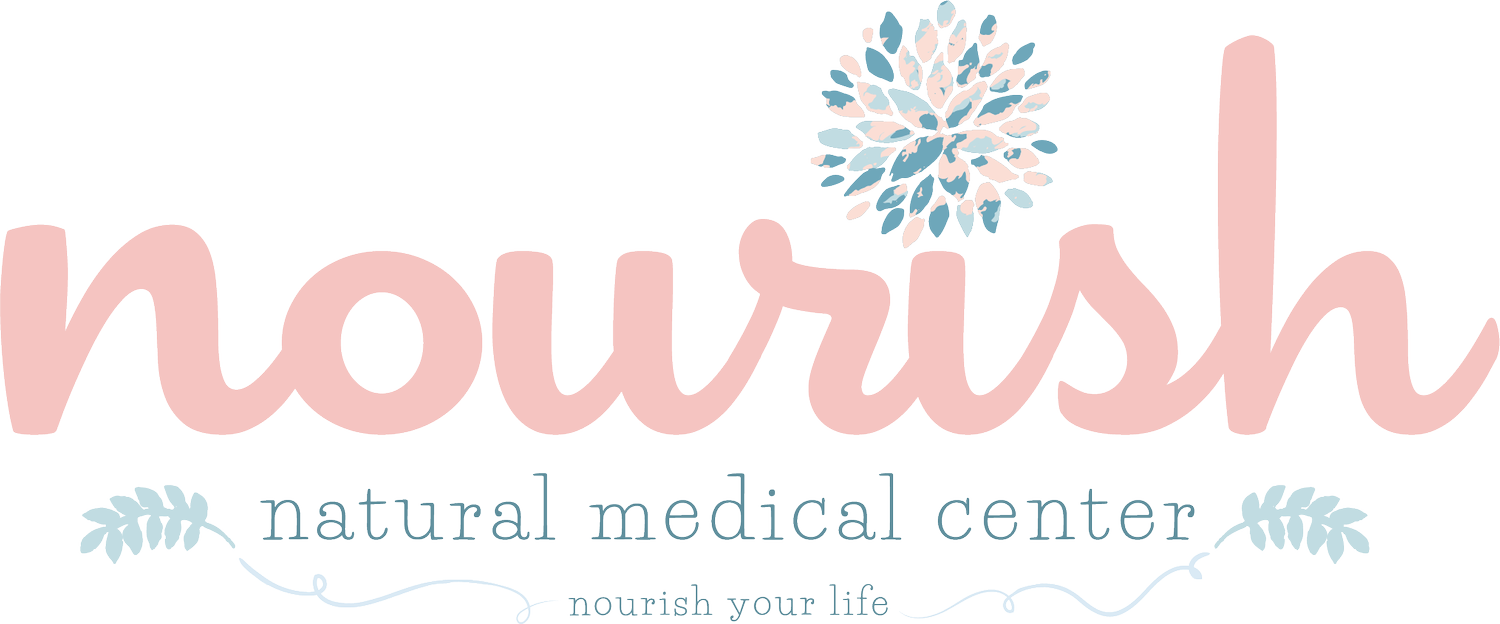Lavender Essential Oil
One of my absolute favorite and well used essential oils is Lavender. Lavender can be used from anything to skin eruptions to anxiety. I recommend it to my patients and personally use it regularly.
Although Lavender has been used for centuries, scientifically, it’s properties where first discovered when a French scientist burned his arm in an explosion in his laboratory and found that lavender oil helped the wound heal. It is still listed today in the British Pharmacopeia. In addition to healing the skin, lavender oil is also an antiseptic, antifungal, antimicrobial, analgesic, vasodilator, relaxant and an anti-inflammatory.
Lavender can be inhaled directly from the bottle or on a cotton ball, applied to the skin, diffused or in some rare cases, taken internally. Because some people have allergies to lavender essential oil, it is recommended to first test a small area of uninfected skin, diluted with a carrier oil (almond, grapeseed, coconut or olive) before applying it to large areas the skin. Additionally, I do not normally recommend internal use of most essential oils. They are very strong and can disrupt the gut micro biome. You must also be sure that you are using a clean organic product that does not contain any synthetic fragrances, which often is the case with lavender. However, there may be some exceptions, mostly with the treatment of anxiety and depression, which can be used under the supervision of your naturopathic doctor.
Uses of Lavender Essential Oil:
Cleaner: Lavender’s antiseptic, antimicrobial and antifungal properties make it a popular oil that is added in many natural soaps and bath and body products. It can also be used in natural house cleaning products.
Skin conditions: Skin conditions that lavender can treat are: acne, eczema, psoriasis, scarring, stretch marks, burns, hair loss and fungal infections (including toe nail fungus). Additionally, it can be used topically on sore muscles and joints based on its analgesic properties.
Respiratory Illness: For respiratory illnesses, such as coughs, asthma, allergies, bronchitis, colds and flu, it can be applied directly to the chest, inhaled directly or diffused along with peppermint oil.
Mood support: Lavender’s fragrance calms, relaxes and balances the system which is why it is so good treating stress, anxiety and insomnia. Studies have actually shown an increase in beta waves in the brain when lavender is inhaled, which promotes relaxation. Lavender also has effectively been studied as an effective treatment of depression. Inhaling lavender oil has also been found to increase mental alertness and improve cognitive performance.
PMS/Menstrual cramps: Because of its mood balancing ability, lavender can be inhaled or used topically to help treat mood imbalances during PMS. Lavender oil has also been shown to reduce menstrual cramps when either inhaled or used topically as an abdominal massage.
Labor/Postpartum: During labor, lavender can be used to help relax mom and ease fear by inhalation or by rubbing on the bottoms of her feet. Because of its ability to treat cramps, it can also treat after-pains of labor by putting it directly on the lower abdomen after labor. Its ability to heal the skin makes it useful for perineal repair by rubbing it on the perineum (diluted with a carrier oil) or added to a sitz bath. It can also be rubbed on the abdomen to heal stretch marks or c-section scars. In this instance, I would combine with calendula oil for most effective healing. Finally, since lavender can help treat depression and anxiety, it is also useful for both postpartum depression and anxiety. While pregnant or breast-feeding, only use lavender topically or as an inhalation.


